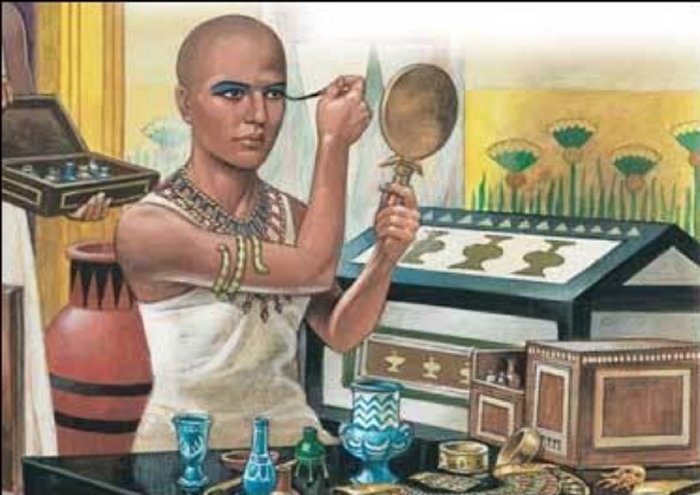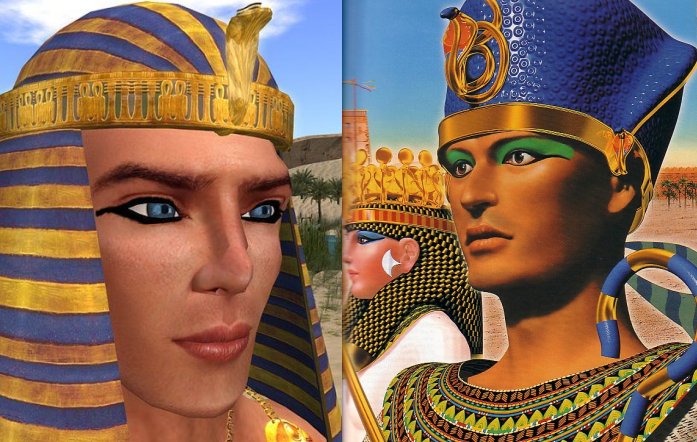Ancient Egyptian Cosmetics – Why Was It So Important To Both Men And Women?
Conny Waters - AncientPages.com - Ancient Egyptians had several achievements in chemistry and cosmetology. They produced creams, perfumes, and facial colors. They created beautification techniques, and special soap to wash corpses as part of mummification.
The use of cosmetics was very important in ancient Egypt and makeup was used by both men and women.
4,000 years ago, the Egyptians used some kind of toothpaste or bleach (a person with bleached teeth looks healthier), which was made from ground pumice added to soap, scrubs, and other natural cosmetic recipes to provide exfoliation to the skin.
Makeup was once an important part of everyday life in Egypt and it was not only used to look better. There was a much more important purpose behind the use of cosmetics in ancient Egypt. Cosmetics was sacred to ancient Egyptians and used not only for aesthetic purposes but rather for magical and religious purposes.
Frescoes discovered in ancient Egyptian temples illustrating daily life reveal men often wore makeup. In fact, it’s almost impossible to find a portrait of an ancient Egyptian whose eyes are not decorated.
Men wore makeup in ancient Egypt.
During all periods and dynasties, eye makeup was a daily prerequisite for both men and women.
The use of cosmetics differed slightly between social classes. Higher class and wealthier individuals could afford more make-up.
Ancient Egyptians used a variety of cosmetics such as eye makeup, rouge, and perfumed oils that softened the skin and prevented burning in the sun and damage from the sandy winds. Galena powder possesses disinfectant and fly-deterrent properties. It is believed to offer the eyes protection from the intense sun.
In Ancient Egypt, the image of an individual often acted as a substitute for the body in the afterlife. Therefore, in funerary paintings, both males and females are shown in their best clothes, wigs, and makeup.
Ancient Egyptians often shaved their head because of lice infestations. People wore wigs made of real human hair that was adorned with flowers and braid.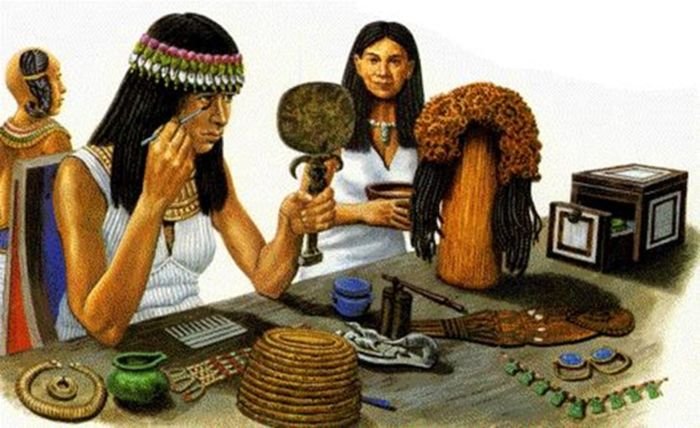
Makeup tools and accessories were very important too. Precious oils were stored in cosmetics jars made from glass, faience ceramics, and stone. The mirror was made of bronze and often carved in the form of an Egyptian goddess.
Ancient Egyptians used a variety of pigments to adorn the face. Most important of all was kohl, which was used to line the eyes. Kohl came from two sources: a green eye paint made of mineral malachite and a black liner derived from galena, a form of lead ore. Women used red ochre to form a light blush for cheeks and lips, while henna was used to paint the nails and dye the hair.
Cosmetics had also a religious resonance. The ancient Egyptians regarded beauty as a sign of holiness. In the holy sanctuary of the temple, the god was anointed with makeup as a symbol of celestial regeneration. This took place every day.
Written by Conny Waters – AncientPages.com Staff Writer
Copyright © AncientPages.com All rights reserved. This material may not be published, broadcast, rewritten or redistributed in whole or part without the express written permission of AncientPages.com
More From Ancient Pages
-
 Archaeologists Reveal 12 Exciting Finds From The Gjellestad Viking Ship Dig
Archaeology | May 28, 2022
Archaeologists Reveal 12 Exciting Finds From The Gjellestad Viking Ship Dig
Archaeology | May 28, 2022 -
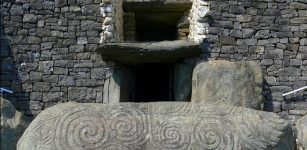 Incest In The Elite Of Neolithic Ireland – Incredible Findings
Archaeology | Jun 24, 2020
Incest In The Elite Of Neolithic Ireland – Incredible Findings
Archaeology | Jun 24, 2020 -
 Scientific ‘Detective Work’ With South American Mummies Reveals They Were Brutally Murdered
Archaeology | Sep 9, 2022
Scientific ‘Detective Work’ With South American Mummies Reveals They Were Brutally Murdered
Archaeology | Sep 9, 2022 -
 Trident: Powerful Religious Symbol Found In Many Ancient Cultures
Ancient Symbols | Dec 4, 2019
Trident: Powerful Religious Symbol Found In Many Ancient Cultures
Ancient Symbols | Dec 4, 2019 -
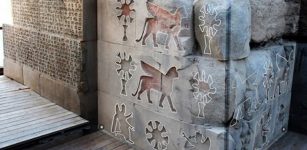 Excavations At Urartu Fortress Will Shed Light On Mysteries Of Ancient Temple
Archaeology | Jul 31, 2019
Excavations At Urartu Fortress Will Shed Light On Mysteries Of Ancient Temple
Archaeology | Jul 31, 2019 -
 Jamukha: Mongolian Leader, Military And Childhood Friend Of Genghis Khan But Not Forever
Featured Stories | May 8, 2019
Jamukha: Mongolian Leader, Military And Childhood Friend Of Genghis Khan But Not Forever
Featured Stories | May 8, 2019 -
 Exciting Find In The Swiss Alps – First Furrows And Animal Tracks Are Evidence Of Prehistoric Plowing
Archaeology | Apr 3, 2024
Exciting Find In The Swiss Alps – First Furrows And Animal Tracks Are Evidence Of Prehistoric Plowing
Archaeology | Apr 3, 2024 -
 Rare ‘Forbidden’ Books With Ancient Knowledge Concealed From The World Examined By Experts
Ancient Mysteries | Nov 16, 2025
Rare ‘Forbidden’ Books With Ancient Knowledge Concealed From The World Examined By Experts
Ancient Mysteries | Nov 16, 2025 -
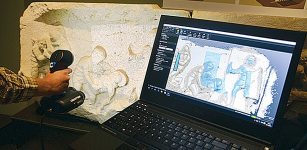 Archaeologists Use Laser Technology To Create Digital Models Of Ancient Artifacts
Archaeology | Jan 28, 2016
Archaeologists Use Laser Technology To Create Digital Models Of Ancient Artifacts
Archaeology | Jan 28, 2016 -
 Frey – Handsome Vanir God Of Fertility And Lord Of The Elves In Norse Beliefs
Featured Stories | Mar 3, 2018
Frey – Handsome Vanir God Of Fertility And Lord Of The Elves In Norse Beliefs
Featured Stories | Mar 3, 2018 -
 Examination Of Six 19th-Century Remarkable Dahomean Swords Crafted From Locally Smelted Iron
Artifacts | May 16, 2025
Examination Of Six 19th-Century Remarkable Dahomean Swords Crafted From Locally Smelted Iron
Artifacts | May 16, 2025 -
 Ancient Mystery Of The Ladies Of Anavlochos: Bronze Age Art Found On Crete
Archaeology | May 9, 2025
Ancient Mystery Of The Ladies Of Anavlochos: Bronze Age Art Found On Crete
Archaeology | May 9, 2025 -
 Extraordinary Find: The Oldest Neanderthal DNA Of Central-Eastern Europe
DNA | Sep 10, 2020
Extraordinary Find: The Oldest Neanderthal DNA Of Central-Eastern Europe
DNA | Sep 10, 2020 -
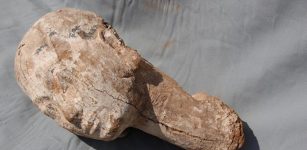 Ancient Wooden Sculpture Of Queen Ankhesenpepi II Discovered At Saqqara, Egypt
Archaeology | Oct 18, 2017
Ancient Wooden Sculpture Of Queen Ankhesenpepi II Discovered At Saqqara, Egypt
Archaeology | Oct 18, 2017 -
 The Punishment Of A Troll Woman Whose Curse Turned Against Her
Featured Stories | Oct 2, 2025
The Punishment Of A Troll Woman Whose Curse Turned Against Her
Featured Stories | Oct 2, 2025 -
 On This Day In History: The Gregorian Calendar Implemented – On Oct 5, 1582
News | Oct 5, 2016
On This Day In History: The Gregorian Calendar Implemented – On Oct 5, 1582
News | Oct 5, 2016 -
 Illuminati: Facts And History About The Secret Society
Featured Stories | Mar 30, 2017
Illuminati: Facts And History About The Secret Society
Featured Stories | Mar 30, 2017 -
 Powerful Chola Rulers Of Southern India: Patrons Of Architecture, Art And Literature
Civilizations | May 4, 2017
Powerful Chola Rulers Of Southern India: Patrons Of Architecture, Art And Literature
Civilizations | May 4, 2017 -
 Secrets Of Mica Chambers Of Teotihuacan
Ancient Technology | Jun 12, 2020
Secrets Of Mica Chambers Of Teotihuacan
Ancient Technology | Jun 12, 2020 -
 Unexplained Mystery Of The Ship Of Horror – An Unsettling Story
Featured Stories | Aug 22, 2024
Unexplained Mystery Of The Ship Of Horror – An Unsettling Story
Featured Stories | Aug 22, 2024

